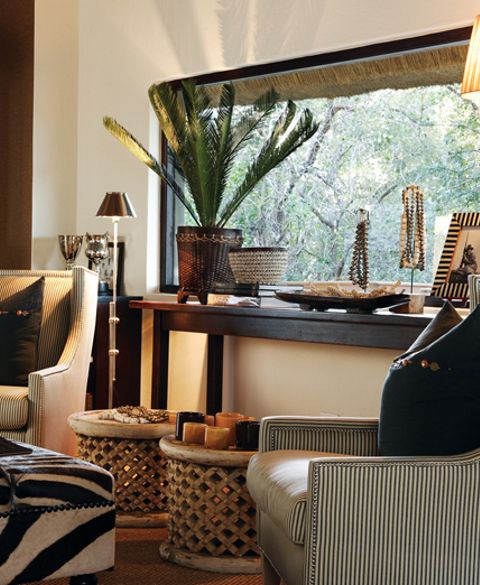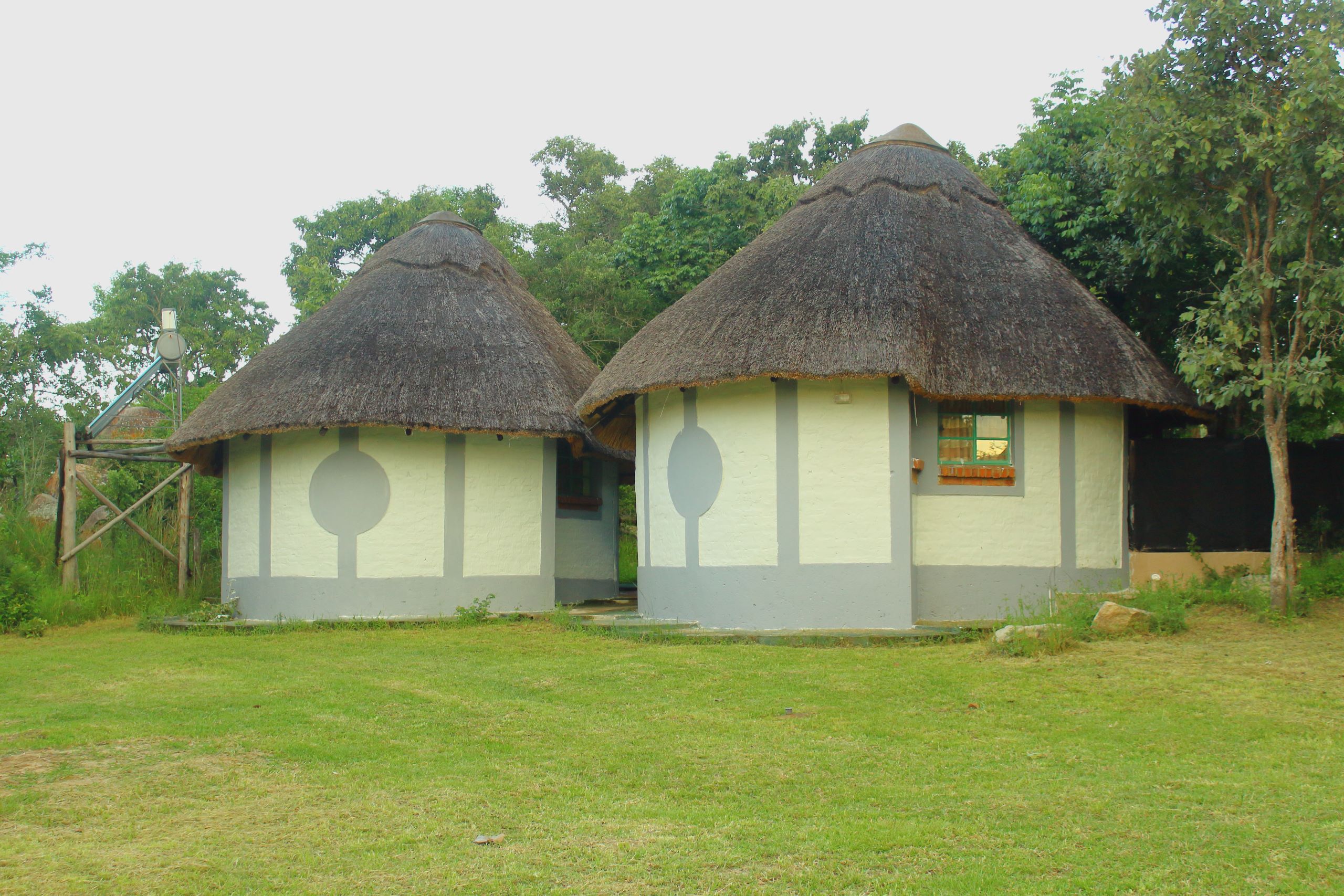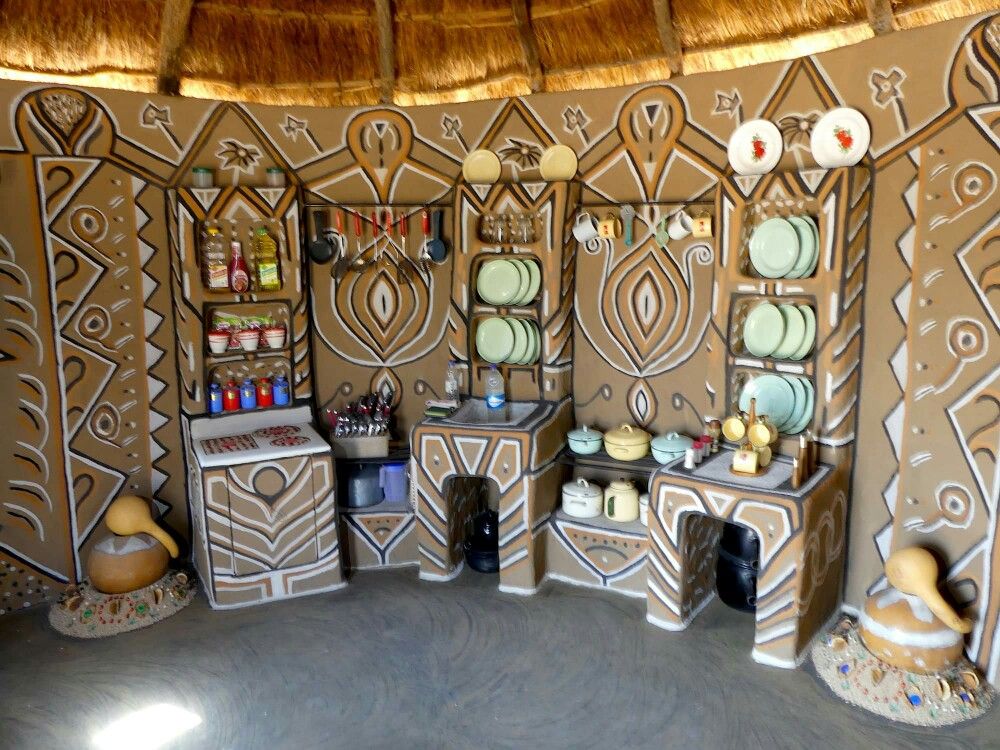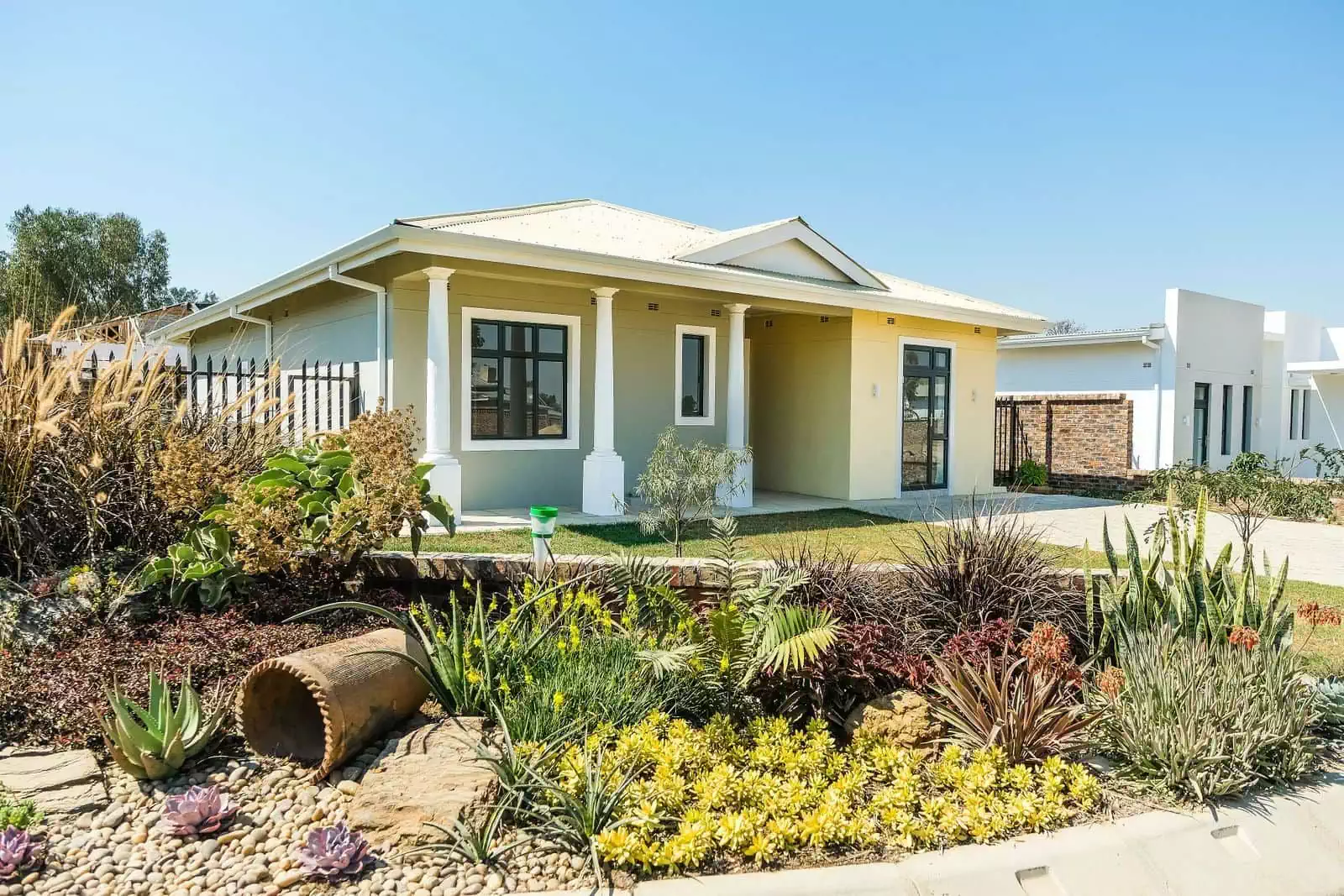Zimbabwe is a land rich in cultural diversity and historical depth. This richness is reflected in its architecture, home decor, and utensils, offering a captivating blend of traditional and modern styles. From the bustling urban settings of Harare and Bulawayo to the tranquil rural landscapes, each Zimbabwean home tells a unique story of heritage and contemporary living.
Urban Homes: A Mix of Modern and Traditional
In Zimbabwe’s urban areas, architecture is a fusion of modern designs and traditional influences. The city homes, particularly in affluent suburbs, often feature spacious, modern constructions with a touch of colonial-era design. These houses are typically bungalow style, have large windows, high ceilings, and are built with materials like brick, concrete, and tile roofing.

Inside these urban homes, decor varies from minimalist modern to rich traditional. Contemporary furniture, often imported, sits alongside handcrafted pieces that pay homage to Zimbabwe’s artistic heritage. Living rooms may showcase plush sofas, sleek coffee tables, and state-of-the-art entertainment systems, while also displaying traditional hand-woven baskets and beaded crafts.
Common types of decorative pieces in these homes include Shona sculptures, woven baskets, wood carvings and paintings. These art pieces are not just decorative as they often carry much cultural significance and are a way of celebrating Zimbabwean heritage and identity in the modern world.
Kitchens in urban Zimbabwean homes are typically equipped with modern appliances. However, traditional utensils like the wooden ‘mugoti’ (a wooden spoon) and ‘duri’ (a grinding stone) are common, symbolizing the blend of the new and the old.

Rural Homes: A Testament to Traditional Craftsmanship
Venturing into the rural areas of Zimbabwe, the architecture takes a dramatic turn towards the traditional. The most common rural dwelling is the ‘rondavel’ – a round hut with a conical thatched roof. These huts are constructed from natural materials like mud bricks and grass, embodying sustainability and a deep connection with nature. A typical rural home will have several rondavels with each hut representing a different room like a kitchen or a bedroom.

Inside these rural homes, the decor is simplistic, functional and has changed little from olden times. Handcrafted wooden stools, reed mats, and clay pots are commonplace. These items, while functional, also carry artistic value, often adorned with intricate patterns and symbols that tell stories of familial lineage and tribal identities.

The furniture in rural homes is typically hand-made, utilizing materials like wood and reed. These pieces are designed for practicality and durability, reflecting the resourceful spirit of rural Zimbabweans. Kitchen utensils are predominantly traditional, with items like the calabash, a drinking gourd and ‘ngoto/ hari’ (clay cooking pot) being essential in daily culinary practices. Rather than seating for guests, you will also find that every household will have several ‘bonde’ (reed mats) which also double as sleeping mats.
The Heart of Zimbabwean Homes
Regardless of urban or rural settings, Zimbabwean homes are characterized by a warm, welcoming atmosphere. In both environments, the living spaces are designed to facilitate friends and family gatherings, reflecting the importance of community and human interconnectedness.
The decor, furniture, and utensils in Zimbabwean homes are more than just functional objects; they are expressions of identity, history, and artistic creativity. Urban homes, with their blend of modern conveniences and traditional accents, reflect Zimbabwe’s journey towards modernization while honouring its roots. In contrast, rural homes stand as a testament to the enduring strength and beauty of traditional ways of life.
As Zimbabwe continues to evolve, so too do its living spaces. Yet, whether in the shadow of skyscrapers or under the vast African sky, the essence of Zimbabwean homes remains the same – a harmonious blend of past and present, art and utility, community and individuality. This unique combination is what makes the Zimbabwean home experience truly distinctive, offering a fascinating window into the soul of this vibrant and diverse nation.


